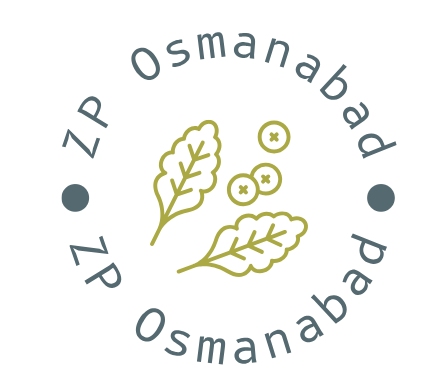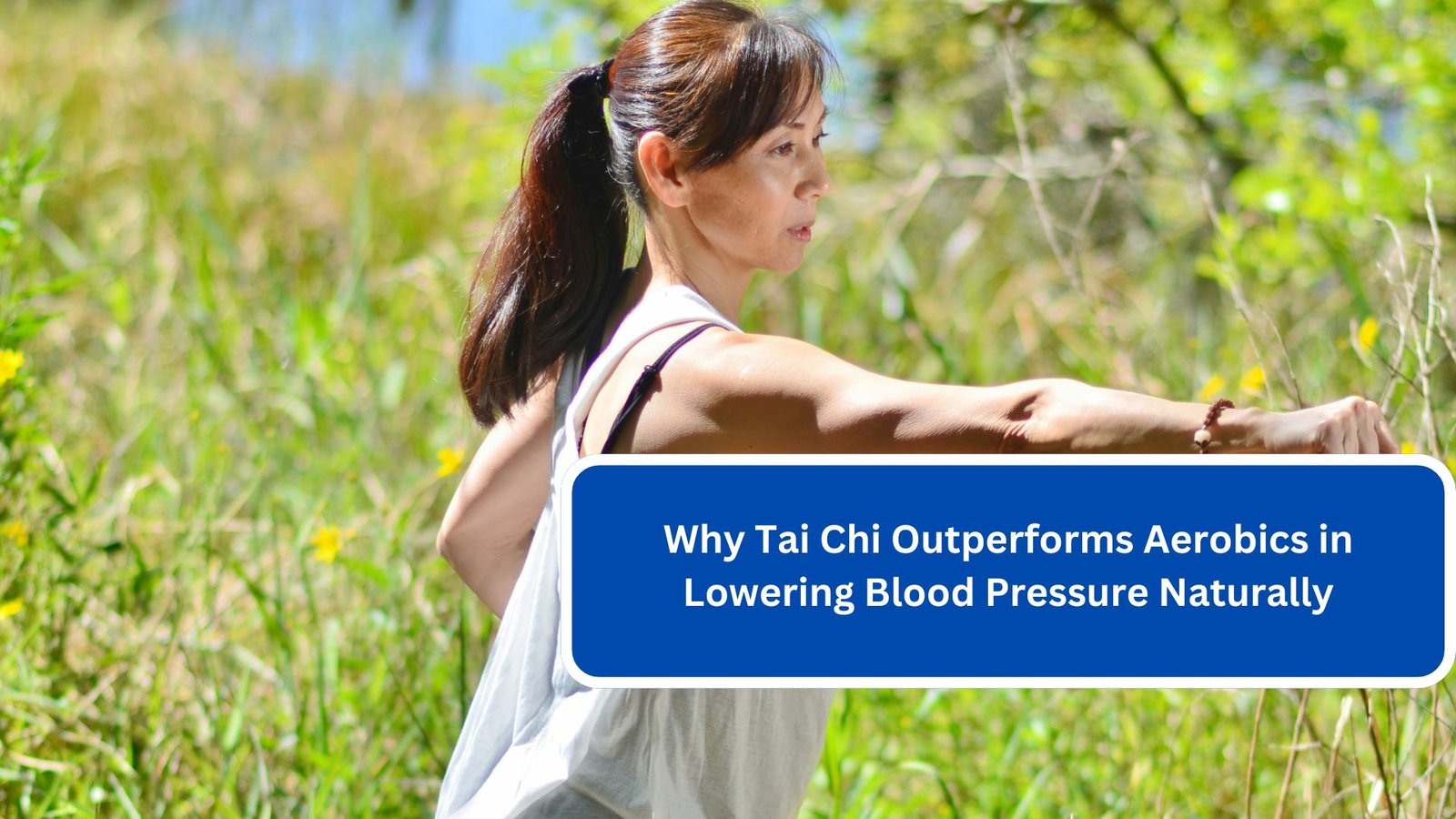High blood pressure, or hypertension, affects millions globally and is a significant risk factor for heart disease, stroke, and other serious health issues. While aerobic exercise has long been championed for its cardiovascular benefits, Tai Chi—a gentle form of martial arts that emphasizes slow, controlled movements—has emerged as a powerful alternative for managing blood pressure. This article explores why Tai Chi may outperform aerobics in naturally lowering blood pressure, focusing on its unique mind-body benefits, stress reduction capabilities, and overall impact on health.
Understanding Blood Pressure
Blood pressure is the force exerted by circulating blood against the walls of the arteries. It’s measured using two numbers: systolic (the pressure when the heart beats) and diastolic (the pressure when the heart rests). A normal reading is typically around 120/80 mmHg. Hypertension is generally defined as a consistent reading of 130/80 mmHg or higher.
Chronic high blood pressure can lead to severe health complications, making its management crucial. While lifestyle changes—such as diet and exercise—are essential in controlling blood pressure, the type of exercise one chooses can significantly impact outcomes.
The Benefits of Aerobic Exercise
Aerobic exercise includes activities like running, cycling, and swimming, which are known to strengthen the heart and improve cardiovascular fitness. Key benefits include:
- Heart Strengthening: Regular aerobic exercise increases the heart’s efficiency, allowing it to pump blood more effectively.
- Weight Management: Aerobic activities help burn calories and maintain a healthy weight, which is crucial for blood pressure control.
- Improved Circulation: Increased heart rate during aerobic workouts enhances blood flow and oxygen delivery to tissues.
While aerobic exercise is beneficial, it may not be suitable for everyone, particularly those with existing hypertension, mobility issues, or stress-related conditions.
The Unique Advantages of Tai Chi
Tai Chi, often referred to as “meditation in motion,” combines physical movement with mindfulness and relaxation. Its approach offers several unique benefits that can be more effective for blood pressure management:
1. Activation of the Parasympathetic Nervous System
One of Tai Chi’s most significant advantages is its ability to activate the parasympathetic nervous system, responsible for the body’s relaxation response. This activation helps:
- Lower Heart Rate: Tai Chi promotes a calmer heart rate, reducing the overall stress on the cardiovascular system.
- Reduce Blood Pressure: By encouraging relaxation, Tai Chi can lead to a decrease in blood pressure levels over time.
In contrast, aerobic exercise often stimulates the sympathetic nervous system, which can temporarily increase blood pressure during intense workouts.
2. Stress Reduction
Chronic stress is a well-known contributor to high blood pressure. Tai Chi’s emphasis on mindful breathing and slow, deliberate movements helps practitioners focus on the present moment, reducing anxiety and stress. Benefits include:
- Decreased Stress Hormones: Tai Chi practice can lower levels of cortisol and adrenaline, hormones associated with stress that can elevate blood pressure.
- Enhanced Emotional Well-Being: Engaging in Tai Chi can lead to improved mood and a greater sense of emotional stability, further aiding blood pressure control.
Aerobic workouts, while they can improve mood through endorphin release, do not typically focus on relaxation or stress management in the same way.
3. Mind-Body Connection
Tai Chi fosters a strong mind-body connection through its focus on breath, movement, and mental clarity. This connection contributes to:
- Improved Focus and Clarity: Practicing Tai Chi encourages participants to concentrate on their movements and breath, leading to a meditative state that reduces anxiety.
- Holistic Health Benefits: The mental and emotional benefits of Tai Chi support overall health, making it a comprehensive approach to managing hypertension.
In contrast, traditional aerobics often emphasizes physical exertion over mental focus, which can overlook the psychological factors influencing blood pressure.
4. Low-Impact Nature
Tai Chi is inherently low-impact, making it accessible for individuals of all ages and fitness levels. Its gentle movements provide:
- Reduced Injury Risk: The slow, controlled nature of Tai Chi minimizes the risk of injury, making it an excellent option for older adults or those with chronic conditions.
- Increased Compliance: Because Tai Chi is gentle and adaptable, individuals may be more likely to stick with it long-term compared to more strenuous aerobic workouts.
Aerobic exercises can sometimes be physically demanding, deterring individuals with hypertension from participating regularly.
5. Improved Breathing Techniques
Tai Chi incorporates deep, diaphragmatic breathing, which can enhance lung capacity and oxygenation. Benefits include:
- Lower Blood Pressure: Deep breathing activates the relaxation response and can lower blood pressure directly by reducing heart rate and promoting vasodilation (the widening of blood vessels).
- Enhanced Oxygen Delivery: Improved breathing techniques contribute to better oxygen delivery throughout the body, promoting overall cardiovascular health.
While aerobic exercise can improve respiratory fitness, it often involves more rapid, shallow breathing during intense activities, which may not provide the same relaxation benefits.
6. Long-Term Benefits
Studies have shown that regular practice of Tai Chi can lead to significant reductions in both systolic and diastolic blood pressure over time. Research indicates that:
- Sustained Improvements: Individuals practicing Tai Chi regularly can experience lasting reductions in blood pressure, making it an effective long-term strategy for hypertension management.
- Overall Health Enhancement: The comprehensive benefits of Tai Chi extend beyond blood pressure, supporting improved balance, flexibility, and overall physical fitness.
While aerobic exercise is effective for short-term blood pressure reduction, its benefits may diminish without consistent, high-intensity effort.
Combining Tai Chi and Aerobic Exercise
For optimal blood pressure management, a balanced approach incorporating both Tai Chi and aerobic exercise may be most beneficial. Tai Chi can complement aerobic workouts by providing:
- Mental and Emotional Support: The stress-reducing benefits of Tai Chi can enhance the overall exercise experience, making individuals more likely to engage in physical activity regularly.
- Improved Recovery: Incorporating Tai Chi can help facilitate recovery after aerobic workouts, promoting relaxation and reducing muscle tension.
Conclusion
While both Tai Chi and aerobic exercise offer valuable benefits for managing blood pressure, Tai Chi’s unique mind-body approach may provide superior advantages for many individuals, especially those struggling with stress-related hypertension. By activating the parasympathetic nervous system, promoting relaxation, and fostering mindfulness, Tai Chi offers a holistic, accessible, and effective strategy for blood pressure control.
As awareness of Tai Chi’s benefits grows, healthcare providers may increasingly recommend this ancient practice as a complementary approach to traditional aerobic exercise, particularly for individuals seeking natural methods to lower their blood pressure and improve overall health.

